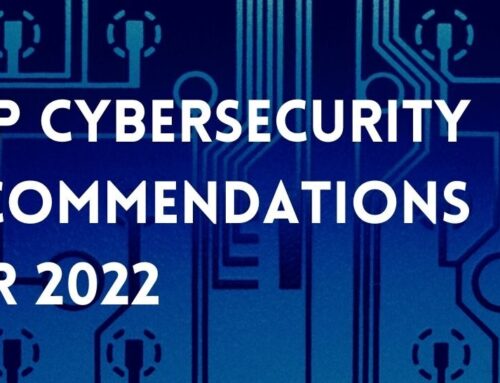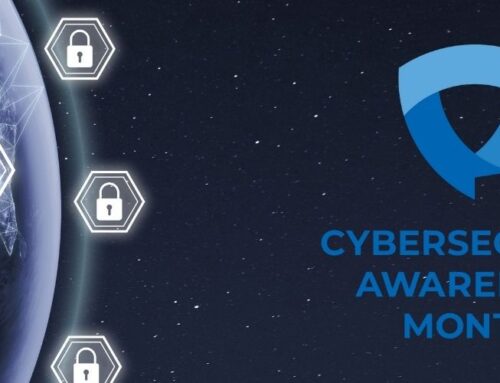
As in many areas of business, analogies can help to create empathy from an outsider, by likening one experience to another not-obvious experience. The constraints in our business are the same as every other (profitable) IT Services company out there; in order to make money, you need a high utilization of labor. Clients often feel the effects of the constraints on our resources, and wonder why response times may be slower than hoped for or why we don’t have better information about the nuances of their environment at their fingertips, and this analogy may shed some light. So why is the IT Services business similar to a hospital?
Imagine a hospital TV show like “ER” with a waiting room full of sick patients, all of the sudden the EMS workers burst through the door wheeling in a very sick patient, who is screaming from the pain of his broken leg. Immediately, an intake nurse flanks the speeding gurney and works to understand what caused it and exactly how bad they think it is. As he gets back to the treatment area, he begins ordering interns and nurses to grab the necessary pieces they need to take care of the patient. Then he runs over to the doctor and delivers an emotional plea about why the doctor needs to help this patient right away.
This dramatization is actually similar and often close to how it feels in our office, except there is (usually) no screaming and dramatic poignant negotiations, just the sound of furious typing.
Our ticketing system is the lobby of the hospital or ER. We never know exactly what will be walking through the door on any given day. Will we get two bad car crashes, a stab wound and a heart attack? Or maybe it will be a light day full of the flu and a couple broken bones?
As patients start rolling in the door, triage starts. As the patients roll in, we make judgement calls on where to send to them, who can wait, what can be dealt with by a specialist at a later time, and who is going to bleed out if we don’t help them right now.
Each patient has their own “chart” associated with their digital history, and we have to glance at the chart and get enough information to understand what may be the root cause of the problem, then begin steering the diagnosis down that pathway. If we are wrong, then we often have to start right back at the beginning, but now with a significantly agitated patient on our hands. In some cases, there are family members or friends of the patients who can tell us additional important details that the in-firmed may have forgotten or left out.
At the end of the service, the patients may be sent to physical therapy, otherwise known as ongoing training in our business. The patient records are updated and the patient goes home with the discharge information about what happened and why. This also gives us the opportunity to talk about preventative care. If we are seeing an issue that is repeating itself, then it gives Upward valuable information on how we can adjust systems and infrastructure to prevent more problems from re-surfacing. Much like how your doctor tells you that a good diet and plenty of exercise are simple ways to stay healthy.
We love this business, our technicians and engineers get to be the digital heroes that save the day. And we are constantly looking for ways in which we can improve our skills, our response times, and our service. The last thing we want is for a client of ours to come back with a report much like a report from a bad ER experience. Plus we’re always open to suggestions on how we can better serve our clients. That might actually be the main difference between Upward Technology as a Managed Service Provider and a hospital waiting room: we’re here to improve your experience and we actively listen to our customers so we can make these improvements a lasting benefit.
Want to talk more about working with a Technology MSP that goes the extra mile to make a customer’s experience in the “waiting room” as positive as it can be? Contact Upward today!






Leave A Comment